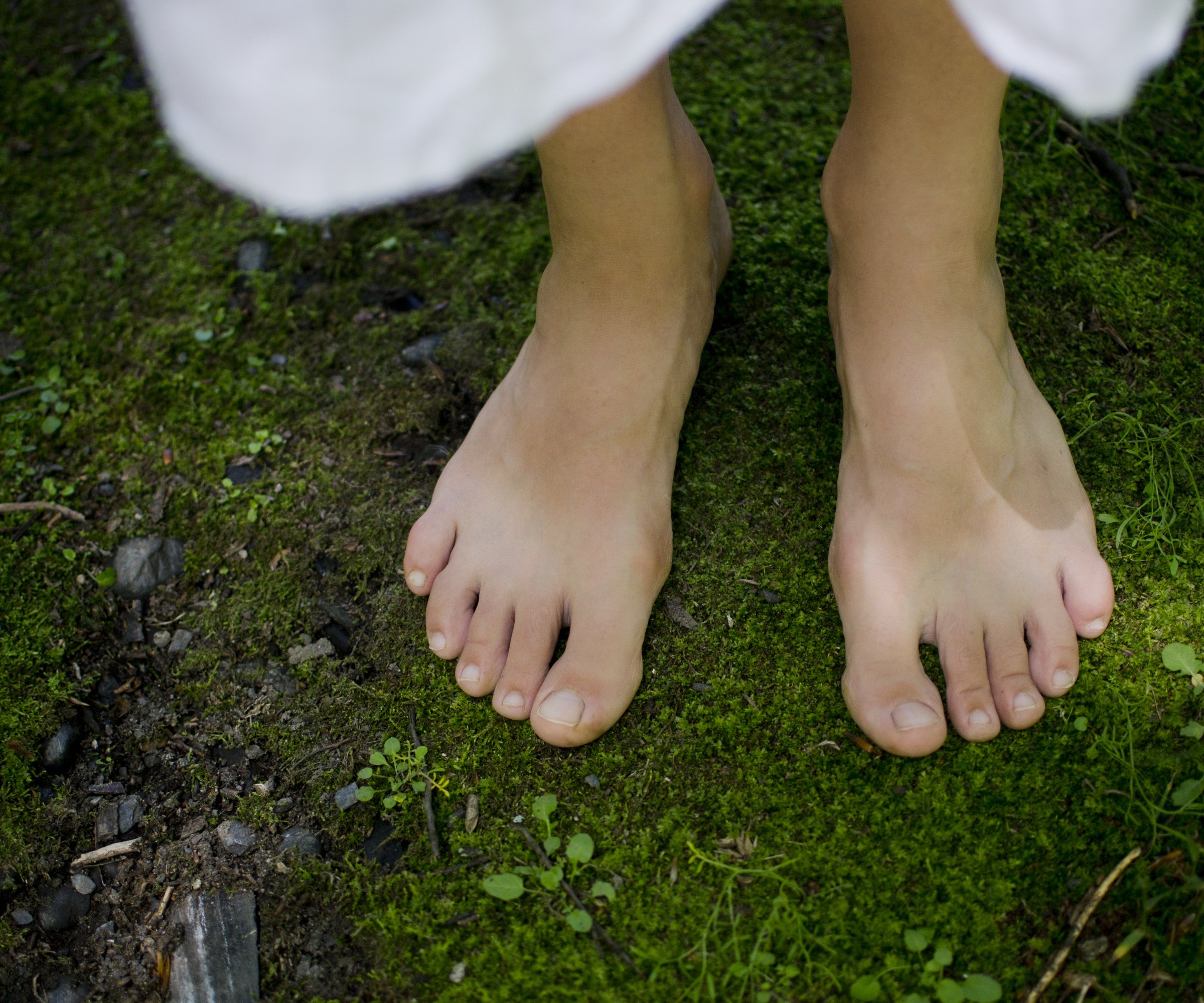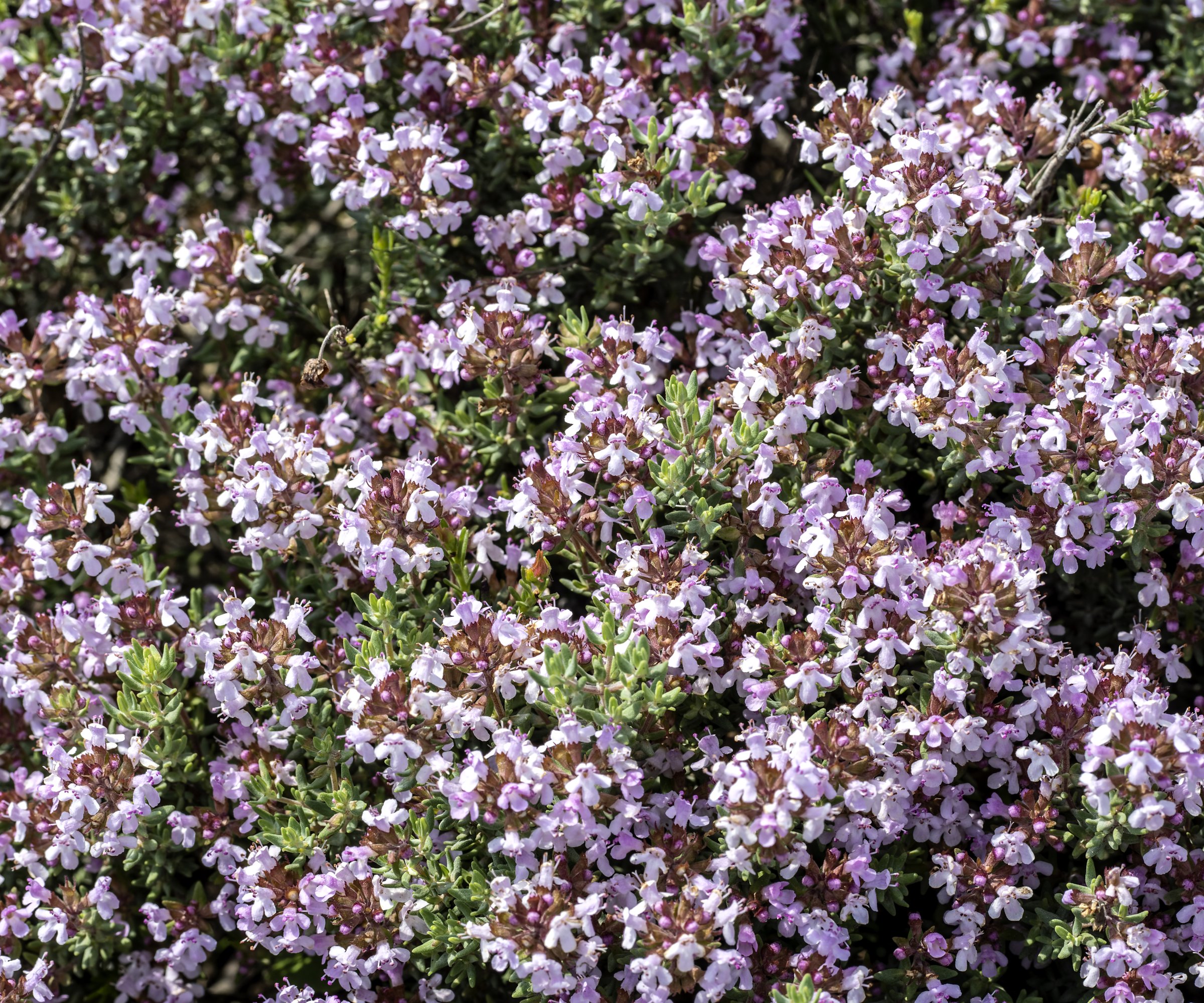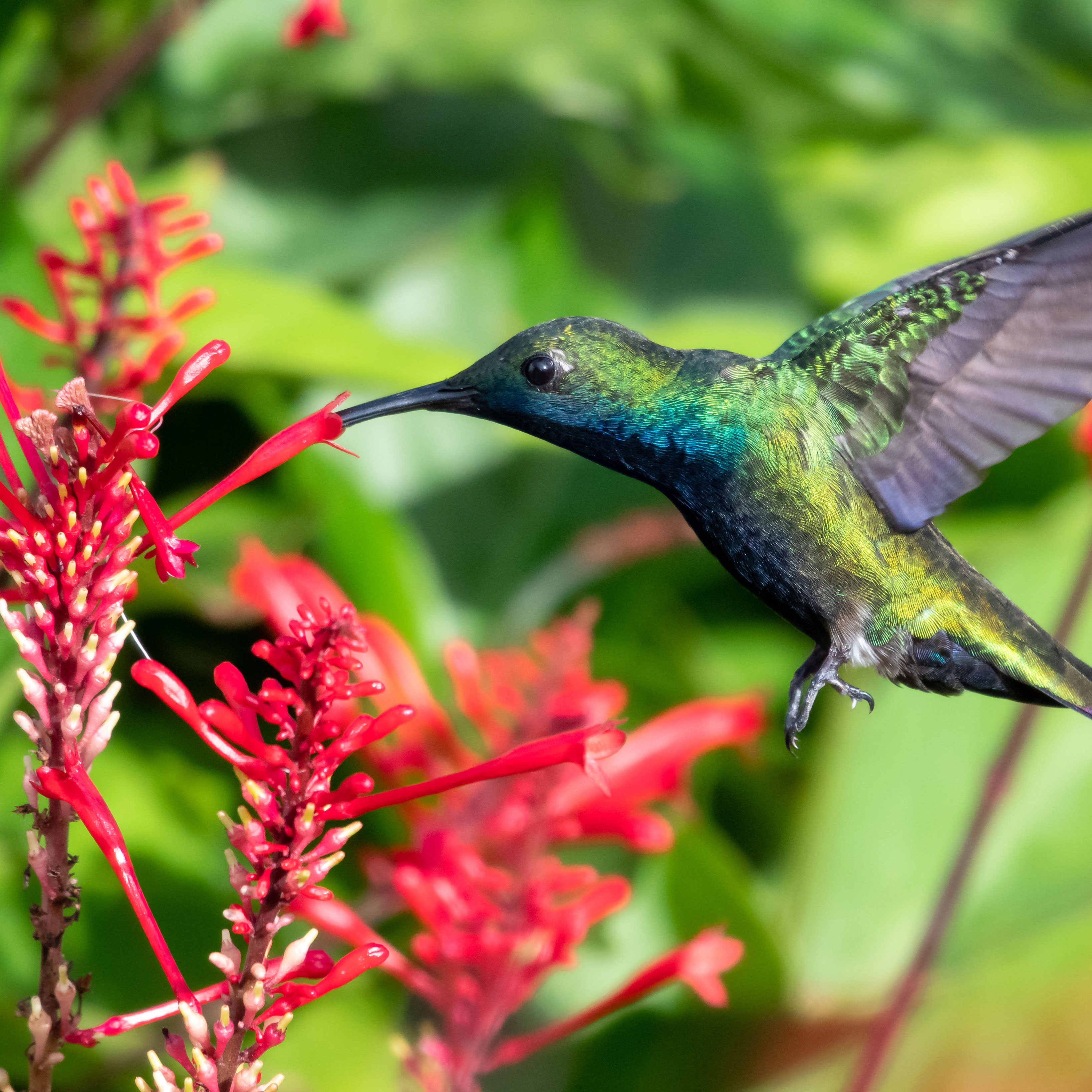4 Cheap DIY Garden Path Ideas For Budget-Friendly Landscapes
It’s pleasing and grounding to walk around among your garden plants, and learning some cheap DIY garden path ideas can make it easy and inexpensive.


Our readers often ask about cheap DIY garden path ideas, because nothing adds more charm to a garden than winding stone paths leading from here to there. But even utilitarian walkways are better than none. If cost is a consideration – and it usually is! – consider these charming and cheap DIY garden path ideas.
4 Cheap DIY Garden Path Ideas
Creating a walkway isn’t rocket science, and with determination and a little creativity, any gardener should be able to build a budget-friendly path across the landscape. To get started, here are a few cool pathway plans you can build yourself.
Option 1: A Moss Pathway

A moss pathway is both charming and inexpensive. It is one of several intriguing inexpensive stepping stone walkway ideas. All you need is a shovel or garden rake, stepping stones or pavers, and sheets of moss. Note that this only works in areas that are moist and shaded.
Here’s how to do it: loosen the soil on the pathway area, then set out the stepping stones or pavers. These should be placed close enough together so that you can easily step from one to the next, but far enough apart that there is ample soil on which to place the moss. Once the stepping stones are in place, transplant sheets of moss into the bare soil areas, pressing it into place.
Option 2: A Path of Steppable Plants

A steppable plant is exactly what it sounds like: plants that won’t die if you walk on them. Yes, turf grass is one, but there are tough, low-maintenance, drought-tolerant alternatives that may require less effort and provide more charm. Many steppable plants don’t need any human effort at all once they are established.
What steppable plants to consider? A few of our favorites are woolly thyme, creeping wire vine, blue star creeper, veronica, and Corsican mint are some top choices.
Option 3: Pebble Walkways

A pebble pathway is essentially a carpet of pebbles, arranged in a design that pleases you. Some are very simple, all in one or two colors of pebbles, while others may be elaborate mosaics with swirls and patterns. It’s a DIY project, so you’ll get to choose the look you want and the effort you are willing to invest.
Gardening tips, videos, info and more delivered right to your inbox!
Sign up for the Gardening Know How newsletter today and receive a free copy of our e-book "How to Grow Delicious Tomatoes".
This is how to make a simple pebble pathway. Lay out the path and clear it of grass and rocks. Then remove soil to a depth of some 4 inches (10 cm), then fill the lower half of that space with crushed stone. Mist it and tamp it down smooth. Cover this with landscape fabric, then add edging – either plastic or metal. The spikes on the edging hold down the fabric. The pebbles layer smoothly on top of the fabric.
To make a fancier pebble mosaic, separate out pebble colors. Then design your pattern and put the different colored pebbles in place.
Option 4: Cut-Grass Pathways

A cut-grass pathway is one of my personal favorites of the DIY walkway ideas and works well for those who have removed their lawns in favor of wildflowers or native grasses. You love the variety and movement of the native plants you’ve installed but don’t want to wade through them to move from one garden location to the next.
It looks utterly charming to simply mow yourself a pathway. Decide where you want it and how wide, then simply mow the plants in that area to create an easy way to access other points in the garden.
Purpose of Your Path
As you ponder various DIY walkway ideas, be sure you’ve figured out the reason you want a pathway. What purpose is that path going to serve? And who will be using it?
The obvious purpose of a garden path is to allow people to get from one part of the landscape to another. But the type of path depends on who is going to go where. Do you need to be able to get to distant garden beds to weed them? Or access the compost heap? Or are you yearning for a charming winding path that takes guests on a tour of the garden?
The answers to these types of questions will determine the size, location, and kinds of materials best for creating the pathway. A utilitarian path (from the kitchen door to the compost heap) should be as direct and straight as possible. A winding path takes you for a little journey of discovery.
Preparing the Soil
Whatever type of pathway you select, you will need to prepare the ground, clearing away obstacles and leveling the area. This can be an expensive endeavor if you pay a landscaper to clear and level a pathway to lay cement. But for DIY projects, like grass paths, stepping stone paths, moss walkways, or other walkable plant paths, it doesn’t have to be.
First, you’ll want to lay out the direction of the pathway. Do a trial plan by marking it with string or even a hose, then leave that in place for a few days to make sure it’s in the perfect place. Adjust it as needed until it is.
Next, clear the ground. Remove rocks and weeds. Transplant any perennials that happen to be growing in the pathway area.
Third, determine if the grade should be leveled. If so, now’s the time.

Teo Spengler is a master gardener and a docent at the San Francisco Botanical Garden, where she hosts public tours. She has studied horticulture and written about nature, trees, plants, and gardening for more than two decades. Her extended family includes some 30 houseplants and hundreds of outdoor plants, including 250 trees, which are her main passion. Spengler currently splits her life between San Francisco and the French Basque Country, though she was raised in Alaska, giving her experience of gardening in a range of climates.
-
 10 Common Composting Problems That Can Spoil Your Garden Gold – Plus Easy Fixes
10 Common Composting Problems That Can Spoil Your Garden Gold – Plus Easy FixesLearn how to troubleshoot common composting issues before they ruin your stash – from bad smells and bugs to materials not breaking down as they should.
By Susan Albert
-
 Terrifically Tubular Flowers For Hummingbirds: 9 Tube-Flowered Plants To Attract Hummers
Terrifically Tubular Flowers For Hummingbirds: 9 Tube-Flowered Plants To Attract HummersGrowing tubular flowers for hummingbirds helps you create the optimum feeding conditions for your winged friends. Here are nine tubed delights for hummers
By Tonya Barnett